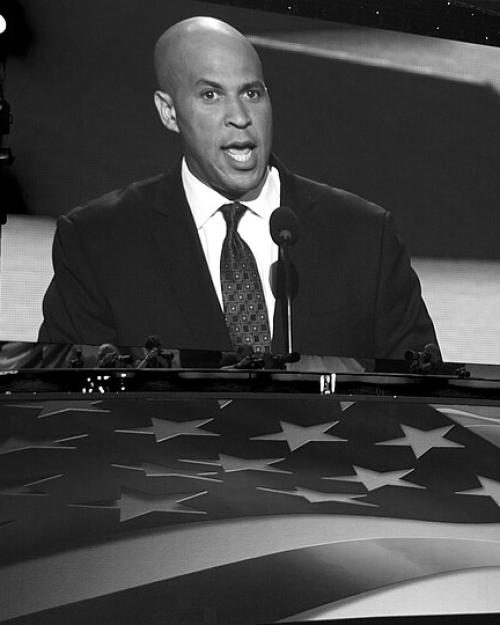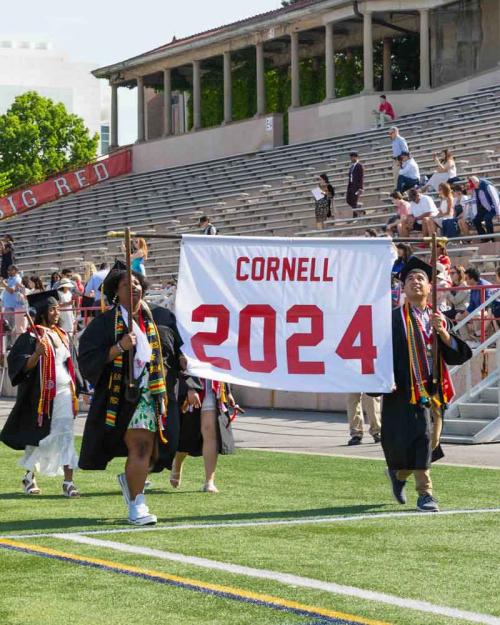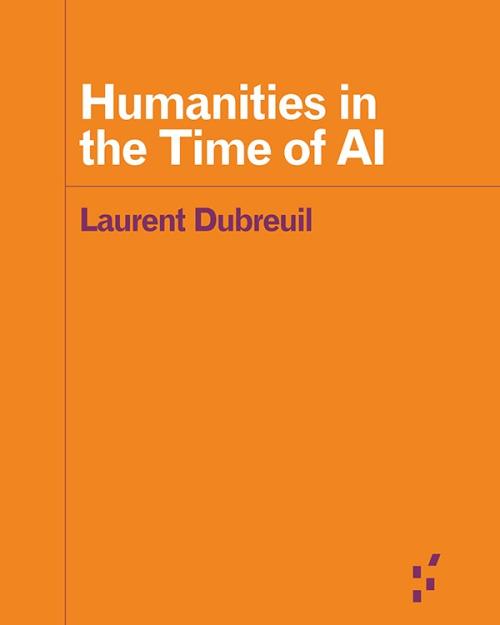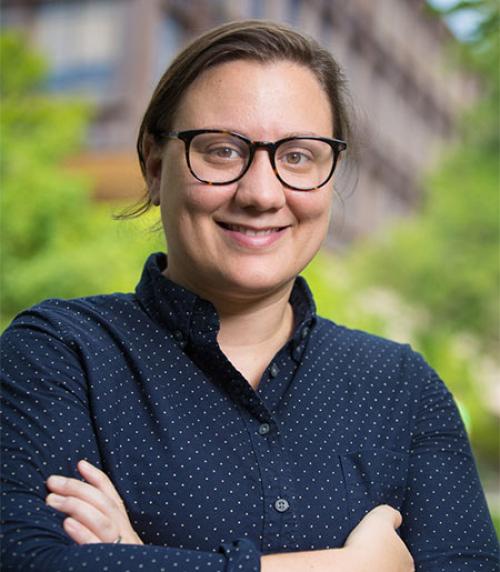At the height of the Great Recession, psychologist Amy Krosch noticed a troubling trend: people of color seemed to be getting much harder hit than the white population on a number of socioeconomic indicators. She wondered whether something about the psychological effects of economic scarcity might be making pre-recession racial disparities even worse.
So Krosch, Cornell assistant professor of psychology, set up a series of experiments to test whether scarcity – or even just the perception of it – would lead people to discriminate more.
She and her co-authors answered that question in a paper published Sept. 18 in the Journal of Personality and Social Psychology.
The researchers conducted a series of studies in which students were asked to give feedback to their university on how much of a $100,000 grant should be awarded to each applicant, based on merit. The study participants also ranked statements to measure their own internal motivation to act with prejudice; the statements included “I attempt to act in a nonprejudiced way toward black people because it’s personally important to me” and “I believe using stereotypes about black people is OK.”
In the first two studies, the researchers found when resources were described as “abundant, despite the recent recession,” people gave the same amount of funding to black and white recipients. But when the same resources were described as “scarce, on account of the recent recession,” prejudiced people gave a black recipient about $10,300 less than egalitarians did.
“Just the mention of scarcity can lead people with little egalitarian motivation to discriminate,” Krosch said.
And that choice was deliberate, a third study found. When resources were scarce and they made the decision slowly, egalitarian people gave more funding to blacks than whites. But under the same conditions, prejudiced people gave less. When forced to give quickly, both made egalitarian decisions.
“If you are an egalitarian person, who is concerned about the division of resources between racial groups, the mention of scarcity might actually make you want to give more to protect racial minority group members,” Krosch said.
In these studies, the amount of money given to blacks meant less money was available to give to whites, and vice versa. “The nature of this task made it a hydraulic relationship,” Krosch said.
But because of that relationship, these studies didn’t show whether the discrimination was pro-white or anti-black.
So the researchers conducted two more tests. In these, there was no hydraulic relationship: The amount of money given to whites had no effect on how much was available to give to blacks, and vice versa.
Some participants were told they could have $10 out of $100 to distribute as they wanted, inducing a feeling of scarcity; others were told they had $10 out of $10 to distribute, indicating neither abundance nor scarcity.
Here, as before, prejudiced participants discriminated more against black than white recipients, by giving them fewer resources when those resources were framed as scarce.
“In this context, being anti-black doesn’t mean they’re helping out white people. But they still do it,” Krosch said. “This isn’t about being pro-white; it’s really about being anti-black when resources are scarce. The scarcity doesn’t even have to be real.”
This story also appeared in the Cornell Chronicle.




